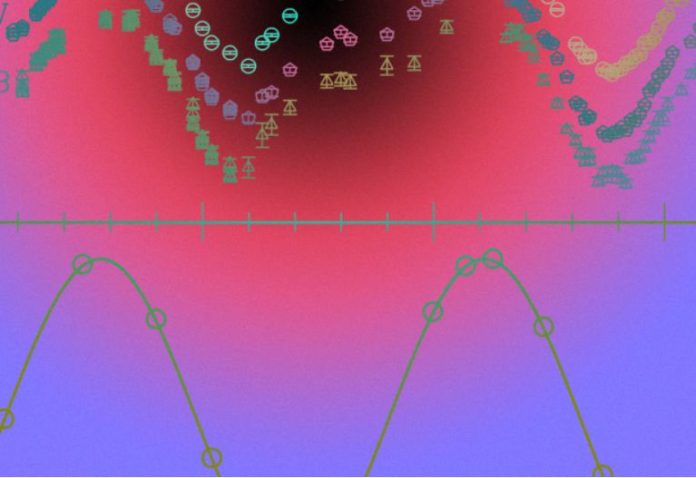Astronomers have discovered the smallest known black hole to date. It is about 3.3 times heavier than the Sun and is part of a binary system with a giant star, but because of the long distance between the components, they actually only interact Gravitationally. Such systems should be common in the universe, but scientists only have the right tools to detect black holes of this type.
Black holes can formally have mass in a very large range, but due to the fact that the conditions of formation of such objects are very specific, they are divided into several groups. The most common among them are black holes of stellar masses, as well as supermassive black holes. The first is formed as a result of the collapse of the nucleus of a massive star at the end of its evolution, and their mass is made up of units from dozens of solar. The second type is located in the centres of galaxies, their masses are measured by millions and billions of solar.
There may also be black holes of intermediate masses, that is, thousands of times heavier than the Sun. For a long time, they could not be found, but in recent years several candidates for such objects have been found. A completely different formation mechanism is proposed for hypothetical primary black holes that formed in the early universe and may have much smaller masses, comparable to planets or their moons. However, the existence of such bodies remains unconfirmed.
Black holes of stellar masses are studied best. As a rule, they are found in close double systems with a normal star. Due to the intense interaction between the components, part of the star’s substance constantly flows to the black hole. Falling into deep gravitational potential, this matter warms up to millions of kelvins and begins to shine brightly in the X-ray range.
Astronomers from the United States and Sweden, led by Todd Thompson of Ohio State University, described in detail the discovery of a new subtype of black holes in a new paper stellar masses. This object is part of a wide dual system with a conventional giant star. Bodies orbit the centre of the masses with a period of 83 days – at such a great distance between them, there is no noticeable exchange of substance, because of which the black hole itself does not show Activity. It was detected by observing periodic shifts in the spectral lines of the companion star, i.e. by the method of radial velocities, which are also used for detection of exoplanets.
The discovery was made possible by a systematic review of 100,000 stars under the APOGEE (Apache Point Observatory Galactic Evolution Experiment) program, an experiment on galactic evolution at the Apache Point Observatory. From this catalogue, it was possible to distinguish 200 of the most interesting stars, the spectrums of which showed noticeable periodic movement. The most convincing data was obtained for the star 2MASS J05215658 + 4359220.
The orbital parameters measured by the spectrum fluctuations showed that the mass of the invisible component is approximately 3.3 solar, but at the same time, a large error remains: from -0.7 to +2.8. Thus, astronomers managed not only to confirm the existence of a new population of black holes but also to find the most low-mass object of this class.
The authors are cautious and do not exclude that in fact, this object may be a neutron star, but in this case the results will be even more surprising, as at this point the most massive known neutron star is 2.17 times heavier than the Sun, and this value is considered very close to the maximum allowable mass of such an object. If the maximum mass is exceeded, gravity will overcome all kinds of resistance of the substance and the body should collapse into a black hole.
Regardless of the true nature of the body, astronomers have for the first time discovered an object uniquely located in a mass gap between neutron stars and black holes, which accounts for masses from 2.5 to 5 solar.
Previously, gravitational lensing helped measure the rotation of supermassive black holes. Also recently, a supermassive black hole at the centre of the Milky Way has awakened. The main achievement in the field of black hole research in recent times has been the first image of the shadow of the black hole.
